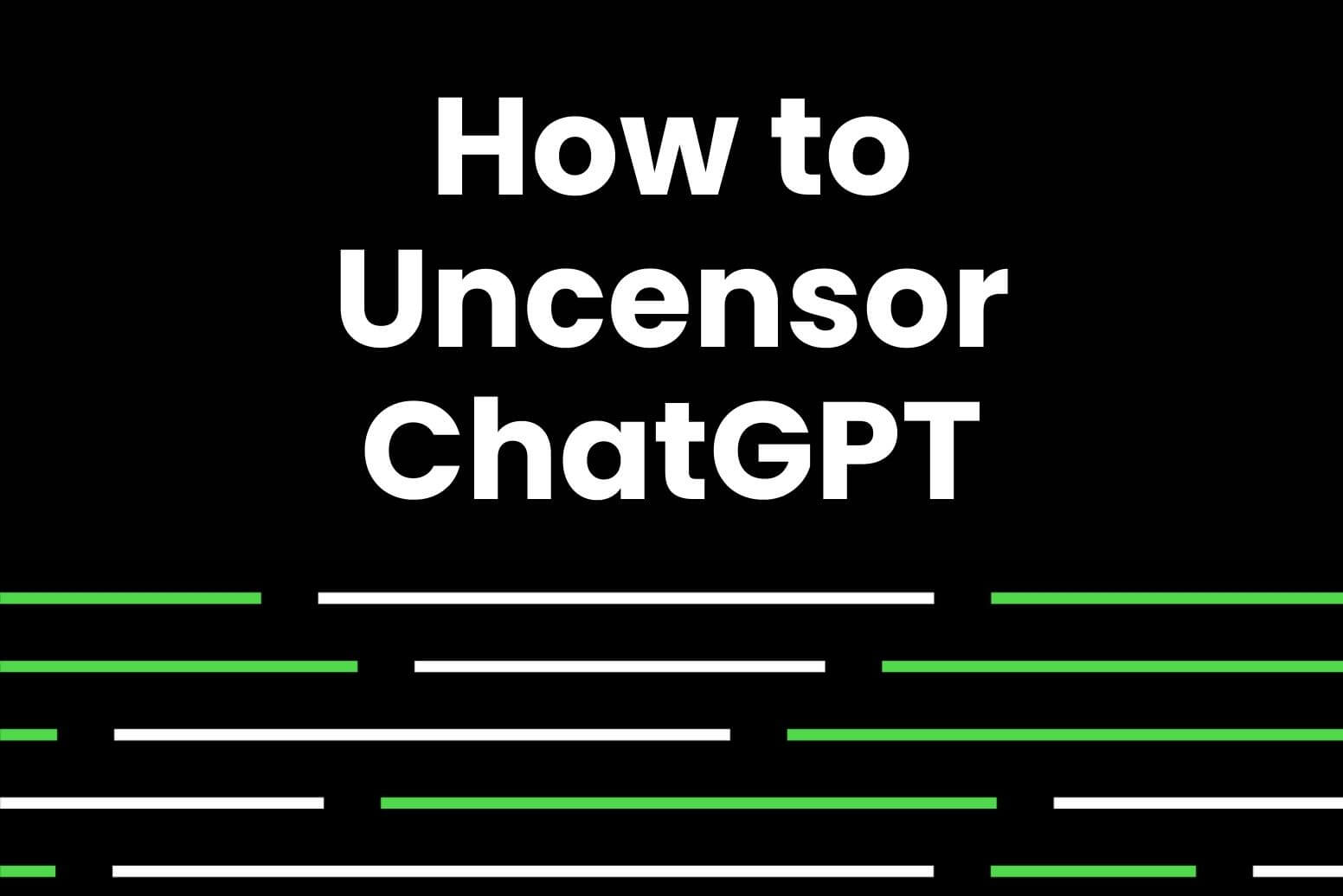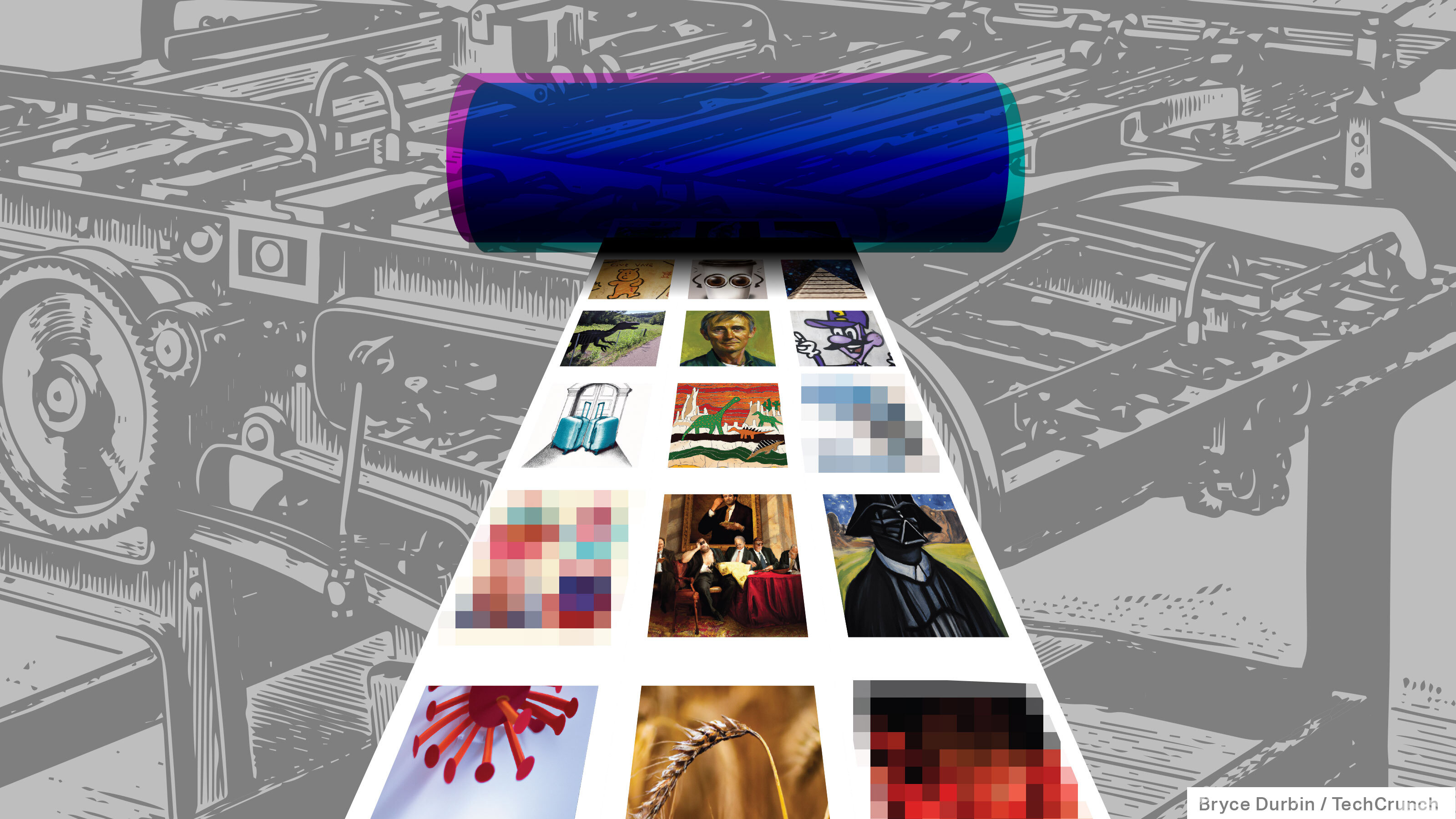How to Make an Uncensored ChatGPT in 2024
In recent years, ChatGPT has gained popularity as a tool for generating human-like text responses. However, some users are interested in creating an uncensored version of ChatGPT to explore unrestricted content generation. This guide will walk you through the process of making an uncensored ChatGPT in 2024, discussing the necessary steps, ethical implications, and potential risks.
ChatGPT, developed by OpenAI, is an advanced language model that generates coherent and contextually appropriate text based on user inputs. Its primary applications include customer service, content creation, and educational tools. OpenAI includes content filters to prevent the model from producing harmful or inappropriate text.
Uncensored ChatGPT: What It Entails
Uncensored ChatGPT refers to a version of the ChatGPT AI model that responds without the usual content filters and restrictions. This model aims to provide more open and direct answers to user queries, regardless of sensitivity. It is intended for users who require raw, unfiltered information or are conducting research that necessitates an unrestrained conversational AI.
While an uncensored ChatGPT offers greater freedom, it is essential to use it responsibly, considering ethical implications and potential risks associated with unfiltered content.

Benefits and Use Cases
Some users seek uncensored versions of ChatGPT for enhanced flexibility in content generation, believing it can boost creativity and personalization in various applications. Researchers and developers may need uncensored models to explore AI text generation fully, comprehending both its capabilities and limitations.
An uncensored ChatGPT can be tailored to specific needs and preferences, providing unique responses that align with particular requirements.
Ethical Considerations and Risks
Creating an uncensored ChatGPT raises ethical questions about responsible use. Ensuring that the technology is not misused for harmful or malicious purposes is crucial. Uncensored AI models have the potential to generate offensive, biased, or dangerous content, so it is vital to consider the impact on users and society.

Using or distributing uncensored AI models may violate laws or regulations in certain jurisdictions, underscoring the importance of understanding the legal landscape before proceeding.
Steps to Create an Uncensored ChatGPT
To create an uncensored ChatGPT, you require access to the base model. OpenAI offers API access to its models, but for an uncensored version, you may need to work with an open-source alternative or modify the existing model. Here are the general steps involved:
- Identify the filters and restrictions implemented by OpenAI.
- Clone the repository of the language model you plan to modify.
- Search for sections of the code where content filtering is applied.
- Retrain the model if necessary.
- Gather a diverse dataset to fine-tune the model.
- Utilize frameworks like TensorFlow or PyTorch to train the modified model.
- Thoroughly test the uncensored model for performance and safety.
- Deploy the model in a controlled environment and implement safeguards against misuse.

Modifying and maintaining an uncensored model can be technically challenging. Stay informed about the latest advancements and best practices in AI development.
Remember, there isn't an official uncensored version of ChatGPT provided by OpenAI. Modifying the model independently to remove filters can be done but comes with ethical and legal risks. Proceed with caution and ensure responsible use.




















